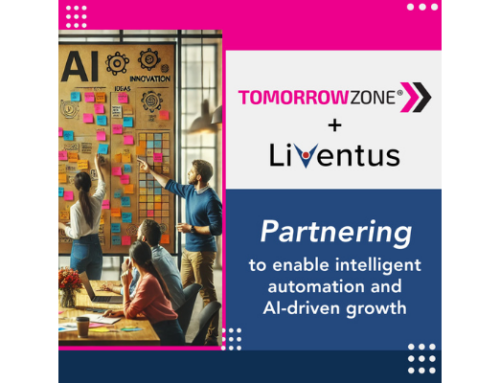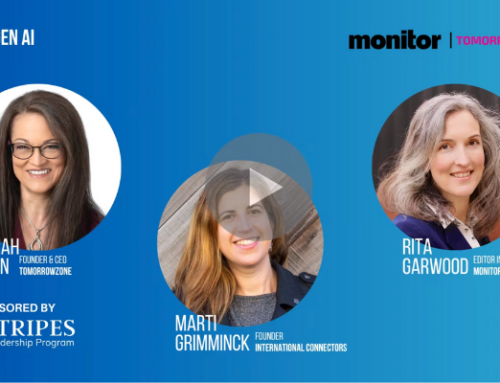
Welcome back to our SMART Start series, where we’re diving deep into the principles that make digital transformations not just survive but thrive. Today, we’re focusing on a crucial element that often determines the fate of such initiatives: Adoption Strategies. Through the story of Ned and his journey at Thing Capital, let’s explore why adoption strategies are pivotal and how to implement them effectively in your organization.
The Tale of Ned: A Reminder of What’s at Stake
Ned’s story, as shared in our introductory blog post and the SMART Start Keynote, serves as a poignant reminder of the challenges faced during digital transformations. Despite his initial enthusiasm for the new digital loan origination system, the project faltered due to a lack of adoption strategy. This resulted in confusion, resistance to change, and ultimately, a significant setback for Thing Capital. Ned’s experience underscores a truth we often see in the tech world: the human side of innovation is the hardest to manage but the most critical for success.
Understanding Adoption Strategies
Adoption Strategies are methodologies and plans designed to integrate new technologies or processes into an organization in a way that ensures widespread acceptance and use by all stakeholders. It’s about making the new system or process a natural part of the daily workflow, minimizing resistance, and maximizing efficiency and satisfaction.
Why Adoption Strategies Matter
Ned’s venture into digital transformation without a proper adoption strategy illustrates the chaos and disarray that can ensue. Here’s why focusing on adoption strategies is non-negotiable:
- Mitigates Resistance: Change is often met with resistance. A well-crafted adoption strategy anticipates these challenges and addresses them head-on.
- Ensures ROI: The return on investment in digital tools is only realized when they are fully and correctly utilized across the organization.
- Improves Morale and Productivity: By including training, support, and feedback mechanisms, adoption strategies can enhance team morale and productivity.
Implementing Effective Adoption Strategies
Based on our insights from Ned’s journey and industry best practices, here are steps to implement successful adoption strategies in your digital transformation initiative:
- Involve All Stakeholders Early: Buy in is not a bolt-on activity. From the C-suite to the end-users, get buy-in by involving stakeholders in the planning phase. Listen to and understand their needs, concerns, and suggestions.
- Communicate the Why and the How: Clearly articulate the benefits of the new system and how it will impact each role within the organization.
- Provide Comprehensive Training: Ensure everyone is equipped with the knowledge and skills needed to use the new system effectively.
- Foster a Supportive Culture: Encourage questions, feedback, and collaboration. Make it known that it’s okay to face challenges during the transition.
- Measure and Adapt: Use metrics to track adoption and be ready to adapt your strategy based on feedback and performance.
Looking Ahead
As we continue our journey through the SMART Start principles, the next stop is Role Clarity, the ‘R’ in SMART. Understanding each team member’s role in the adoption and ongoing use of new systems is crucial for minimizing confusion and maximizing efficiency.
Stay tuned for our next blog post, where we’ll explore how clear roles and responsibilities underpin the success of digital transformations, building on the foundation laid by effective adoption strategies.
In Need of a SMART Start (or Restart)? If your organization is navigating the messy middle of digital transformation and needs a SMART start or even a SMART restart, TomorrowZone is here to help. Our approach focuses on the human side of innovation, guiding you through complex digital transformations with strategic roadmaps and advisory services tailored to your unique challenges.
Let’s make your digital transformation a success story. Contact TomorrowZone today, and let’s create a future where your organization not only meets but exceeds its digital ambitions.





